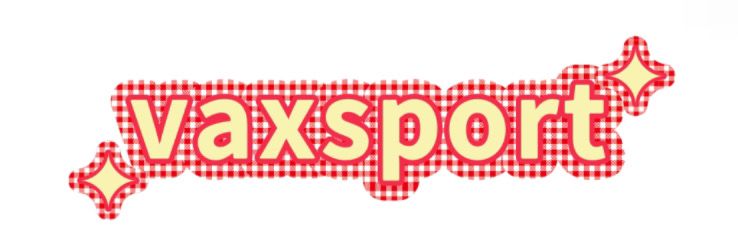Understanding Brake Lining Wear: Signs and Solutions
Mar. 04, 2025
When it comes to vehicle safety, few components play as crucial a role as the brake system. Among the various parts that contribute to braking efficiency, one that often goes unnoticed is Brake Lining Wear. Understanding its significance can help vehicle owners maintain optimal performance and avoid costly repairs.
Are you interested in learning more about Brake Lining Wear? Contact us today to secure an expert consultation!
Brake Lining Wear refers to the gradual deterioration of brake linings as they come into contact with brake rotors during the braking process. This wear is a natural consequence of friction, which is essential for slowing down or stopping a vehicle. But what are the signs that indicate your brake linings are wearing down?
One of the first indications of Brake Lining Wear is a gradual decrease in braking performance. If you notice that your vehicle takes longer to stop or if there is a pulsing sensation when you apply the brakes, it may be time to check the brake linings. Listen for unusual noises such as squeaking or grinding, which can signal that the brake linings have worn too thin. Are you aware that ignoring these signs can lead to more severe issues, including damage to the rotors?
In terms of purchasing brake linings, it's essential to understand the different types available on the market. Brake linings are often categorized by material: organic, semi-metallic, and ceramic. Each type has its advantages and applications based on vehicle type and driving conditions. For instance, ceramic brake linings tend to produce less dust and noise, making them ideal for everyday vehicles. Semi-metallic linings, on the other hand, offer superior heat dissipation, making them suitable for performance cars. Have you considered which type is best for your driving needs?
Brake Lining Wear occurs in various application scenarios, each with its unique demands. For commercial vehicles, such as delivery trucks and buses, the frequency of stops and variable load conditions result in accelerated brake lining wear. Fleet managers need to be particularly vigilant and proactive about monitoring brake conditions to ensure the safety of their drivers and cargo. In contrast, racing cars experience extreme conditions where brake linings can wear significantly in a single race. What measures do you take to ensure your vehicle can withstand such pressures?
For everyday drivers, proper maintenance practices can prolong the life of brake linings. Regular inspections, timely replacements, and choosing the right products can make all the difference. When purchasing Brake Lining Wear products, sourcing from reputable suppliers is crucial to ensure quality and reliability. Have you established a trusted relationship with a supplier for your brake lining needs?
As technology evolves, innovative solutions continue to surface. For instance, some manufacturers now offer brake linings with wear indicators that can alert drivers when it’s time for a replacement. This proactive approach to vehicle maintenance can help prevent accidents and costly damages. Is your braking system equipped with the latest technological advancements?
In conclusion, Brake Lining Wear is an essential aspect of vehicle safety that should not be overlooked. By understanding the signs, solutions, and purchasing options available, vehicle owners can make informed decisions that enhance safety and performance. Are you ready to take action and ensure your vehicle’s brake system is in top shape? With the right knowledge, you can navigate the complexities of brake maintenance like a pro.
For more choosing brake pads supplierinformation, please contact us. We will provide professional answers.
82
0
0

Comments
All Comments (0)